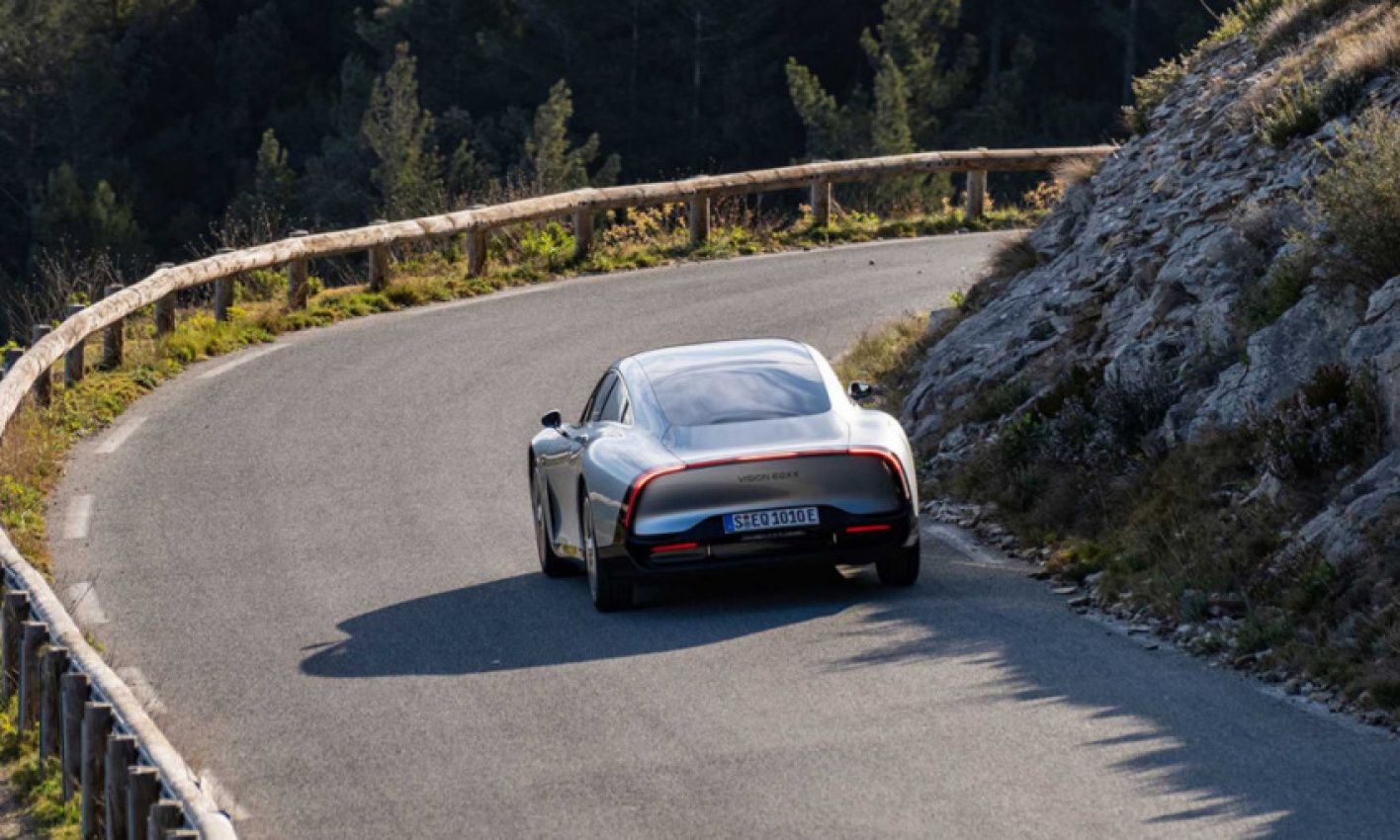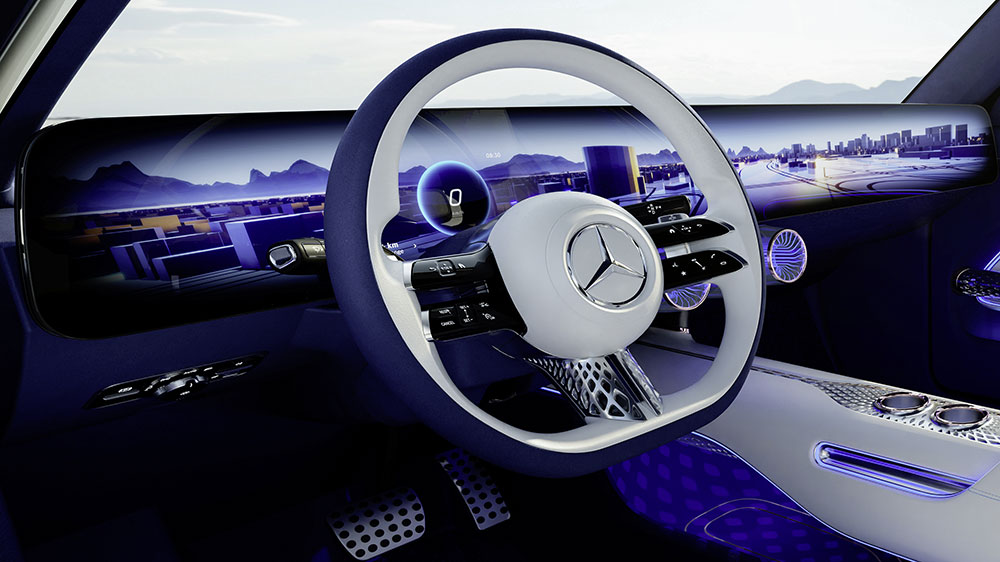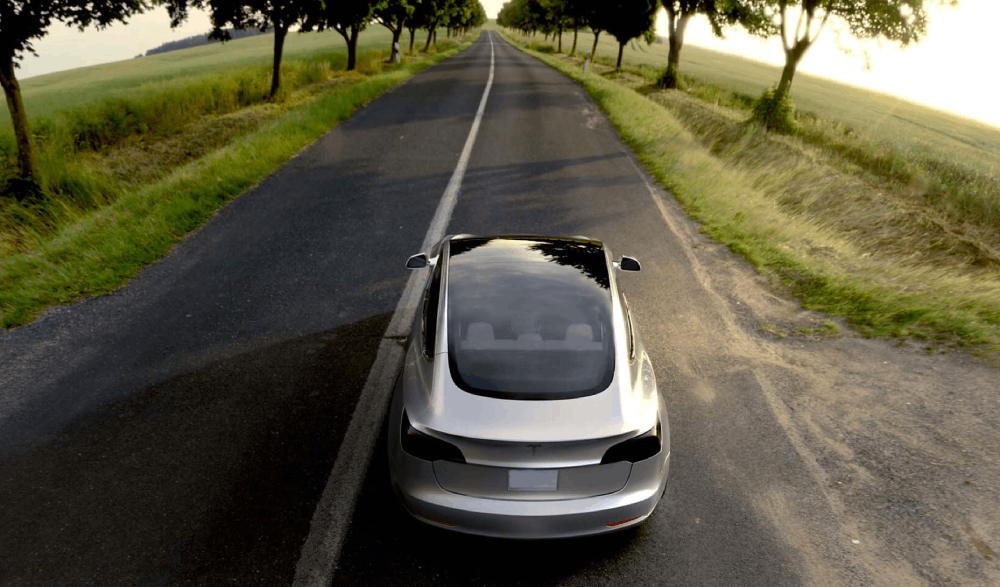Mercedes has announced the Mercedes Vision EQXX prototype, describing it as capable of reaching 1000 km of autonomy.
Technology is running more and more and car manufacturers are competing to present increasingly cutting-edge models, capable of defeating the resistance of motorists more reluctant to convert to electric mobility.
Among the various moments in which, every year, automotive companies present their novelties there is the famous CES in Las Vegas. In this context, in January 2022, Mercedes announced the Mercedes Vision EQXX prototype, describing it as capable of reaching 1000 km without problems.
Many enthusiasts and operators in the sector, however, have turned up their noses, fearing it could be one of the many announcements far from reality, made to make people talk about themselves. Denying these rumors, Markus Schäfer, head of the technology department of the German company, referring to the car said “It is not a show car, it is a technological program”.
It is not a show car, it is a technological program
The words were then accompanied by a road test in early April, in which Mercedes gave some journalists the opportunity to test the car and its actual autonomy. The result? The vehicle departed from Sindelfingen, near Stuttgart, and reached Cassis on the Côte d’Azur just over 12 hours later.

The most incredible fact was that, despite the itinerary of about 1000 kilometers (not without unforeseen events of all kinds, replicating the conditions of a common journey), arrived at its destination the vehicle signaled another 140 kilometers of autonomy.
A specially developed battery with nearly 100 kWh of usable capacity
In addition to the road test, which has unmarked the doubts of the most unbelievers, it is the technology behind mercedes Vision EQXX that gives confidence for the future of the electric. In fact, one might think that the 1000 kilometers of autonomy are justified by the presence of several batteries, but this is not the case.
The presence of more batteries, in fact, would increase the weight and rolling resistance of the car, which is why the team of dedicated engineers has asked for support from some Mercedes Formula 1 technicians, experts in this field.
The result? A specially developed battery with almost 100 kWh of usable capacity was made, similar to the Mercedes EQS, but with a footprint halved and with a weight (495 kg) 30% lighter than the EQS battery pack. Finally, since there is no need for ultra-fast charging, air cooling has been provided and not liquid cooling.
This feature saved additional weight and in fact during the 1000-kilometer route between Germany and France, the engineers found that it was rarely necessary to open the cooling air intakes at the front of the EQXX.

This is because the Electric Motor with Formula 1 specifications (which sends 241 hp to the rear wheels) has an average efficiency of 95 percent and, together with the battery, the entire powertrain generates very little waste heat.
The effort behind the development of the Mercedes EQXX was not an end in itself: not only does Mercedes plan to apply a technology similar to this in some of its cars starting in 2024 but it has stated that it wants to spend 60 billion euros by 2026 on research and development of its line of electric cars, trying to unseat the Tesla empire.
The future is all to be written but the plans of the Stuttgart-based company seem to be more than ambitious than ever.









